Fedir Androshchuk
National Museum of the History of Ukraine
At the end of May this year, a meeting of the informal network of law enforcement agencies and material culture experts was held in Stockholm (EU Cultnet). A whole day was devoted to the war in Ukraine, illicit trafficking in cultural goods in relation to the current situation, as well as how the projected evolution of these issues. This paper is based on my contribution to that discussion.
In the following, I will focus on two aspects of this issue: the current state of the war in Ukraine and some practical examples of our museum's collaboration with police, border guards and international experts.
According to UNESCO's latest review of damaged cultural sites in Ukraine (as of 17 May 2023), 256 sites had been registered since 24 February 2022. This figure includes 110 religious sites, 22 museums, 92 buildings of historical and/or artistic interest, 19 monuments, 12 libraries and one archive. These figures are considerably lower than those presented by Ukrainian monitoring groups. In this context, it is important to highlight the impact of the looting of three Ukrainian museums located in the southern regions of the country.
I will begin with the Mariupol Regional Museum, which was burnt down on 16 April 2022. The museum's collections included 53,000 objects and 17,000 books. Among the historical documents, the most valuable was a charter from Catherine the Great to the Greeks who settled in the place where the city of Mariupol was eventually founded. The archaeological collection included artefacts from the Stone Age and the Late Iron Age as well as a collection of early medieval stone sculptures, artefacts from the 1927-1928 excavations of Scythian
burial mounds around Mariupol, artefacts from the Mongolian burial mound of Ljapynska Balka and individual objects from the Middle Ages. See Figure 1.
The exhibition was burned and some objects looted from it were taken to occupied Donetsk. The director of the museum was decried as a Russian collaborator (’Викрадачка картин’, 2023). Some of those looted objects were used by the Russian occupation administration in Mariupol in its anti-Ukrainian propaganda. For example, a Nazi medallion stolen from the museum was used as evidence of Nazi sympathies among the Ukrainian armed forces. See Figure 2.
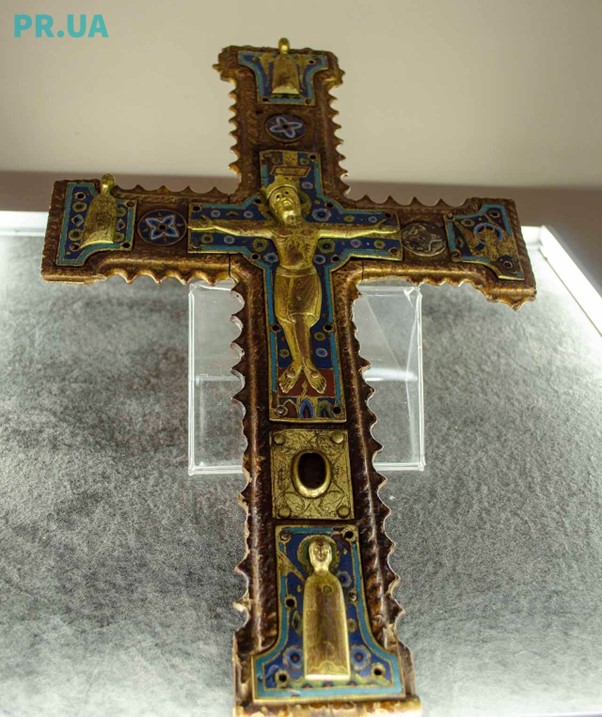
Figure 1. An enamelled crucifix made in Limoges, in France at the end of the 12th - beginning of the 13th century on display at the Mariupol Regional Museum. Source: https://pr.ua/news/mariupolqsqkiyi-kraueznavchiyi-muzeyi-stiraue-bili-plyami-v-biografiyah-artefaktiv
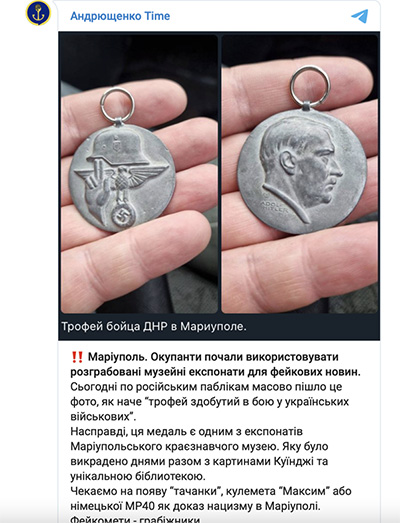
Figure 2. A screenshot of the message of Mariupol mayor Petro Andryushchenko: “Mariupol. The occupants have began to use looted museum objects for fake news. Today, this photo featuring a swastika and Adolf Hitler’s image was widely published in the Russian news.”
The actual destruction of the museum was attributed to the Ukrainian military brigade known as "Azov" (Долгова 2022). There is information that the museum was shelled around 15 March of last year. Although the museum was locked, it was without additional electronic or police protection. Close to that date, some local residents observed vandals with torches inside the museum building. The acting director blamed the Azov Brigade, which had been stationed at the museum before the Russians arrived. According to her, the rest of the museum's exhibits were taken by Ukrainian soldiers before they withdrew, and the museum itself was burned down, along with many of the exhibits on display, including the above-mentioned charter from Catherine the Great.
Another example comes from the museum collection in Melitopol, which was known for a selection of gold jewellery obtained from the excavation of a large Scythian mound in 1954. A total of 196 gold objects were found in the mound. Most of them were sent to the National Museum of the History of Ukraine in Kyiv, while a small collection remained in the local museum, which would later be looted by the Russian occupation authorities. The Melitopol museum collection also included some Sarmatian jewellery from the excavations at Novopylipivka and Voznesenka. About 90 objects from the 1948 excavations in the Kizljar Gorge from the tomb of a Hun chieftain were also kept in the museum. The most valuable objects from this tomb were a gold diadem and other objects made of amber, carnelian, and garnet. See Figure 3.
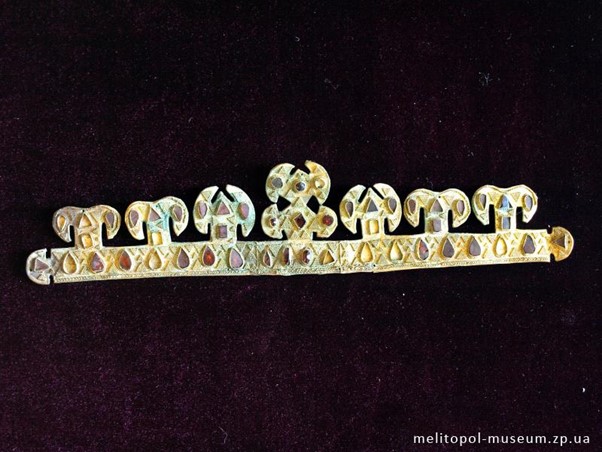
Figure 3. A gold diadem on the display at the Melitopol museum. Source: melitopol-muzeum.zp.ua.
Both the Regional Museum and the Kherson Art Museum were emptied of their objects in the last week of October 2022 (Andreikovets, Mamonova 2022). About 15,000 objects (most of which were works of art) were transferred by Russian forces to Russian-controlled museums in Crimea located in Sevastopol and Simferopol. Of the objects that were moved, most came from the objects on display in the Regional Museum. These include archaeological finds, coins, weapons, medals from the Tsarist and Soviet eras, furniture from the 18th and 19th centuries, as well as icons and paintings.
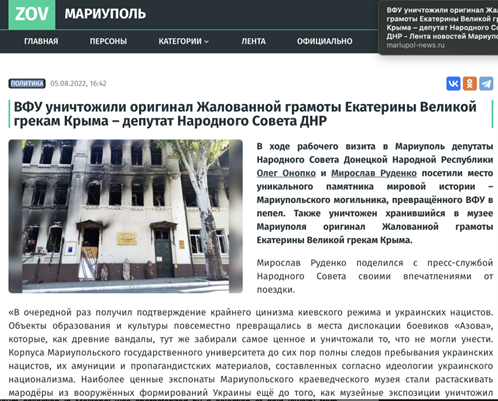
Figure 4. An article published by online newspaper Zov Mariupol stating that the Military forces of Ukraine destroyed the charter of Catherine the Great.
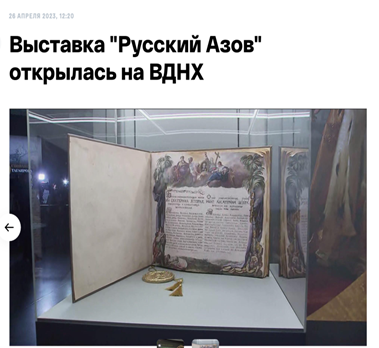
Figure 5. The same charter on display in Moscow in April 2023. A screenshot of the Russian online resource https://smotrim.ru/article/3323488.
There is information that other objects from Ukrainian museums have also been transferred to museums in Sevastopol and Simferopol. Also, on 25 April, an exhibition called 'Russian Azov' opened in Moscow. See Figures 4-5. It featured a number of objects stolen from Ukrainian museums as well as digital copies of exhibits which are in possession of Ukrainian museums. Among them were finds from the Mariupol Neolithic cemetery and Scythian gold from the Melitopol mound, the Arkhip Kuindzhi paintings from the Berdynask Art Museum and the charter of Catherine the Great from Mariupol.
In two of the three cases mentioned above, Ukrainian museum directors were charged with collaborating with administrations in occupied territories. Over the course of the investigation into the collaboration, the Ukrainian National Police came across a former Ukrainian politician who divided his time between Crimea and in Kyiv. A search of his office in Kyiv resulted in the seizure of a large number of archaeological objects. The National Museum of the History of Ukraine was asked to give an expert opinion. After three days of work, several thousand objects were recorded, including various archaeological items, coins and both ancient and modern weapons. A selection of these items was displayed at the museum for one day. See Figures 6. The idea of the exhibition was to draw public attention to the scale of the looting of Ukraine's cultural heritage.
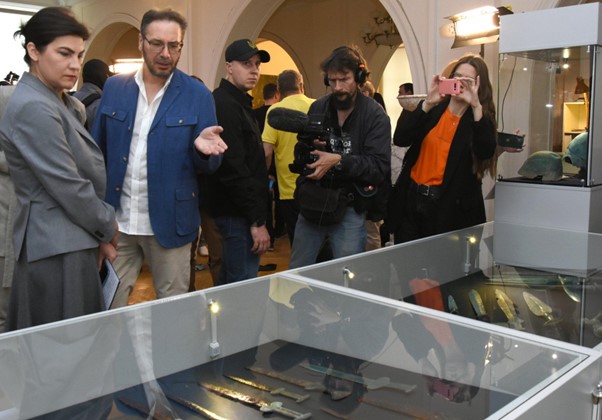
Figure 6. Iryna Venediktova prosecutor general of Ukraine at the exhibition of illicit archaeological objects at the National Museum of the History of Ukraine. ©The National Museum of the History of Ukraine.
It appears that many objects came from illicit excavations in the Crimea, while other artefacts were bought at auction sites such as Violity. The scale of the illicit archaeological trade can be seen in a summary table from the year before the Russian invasion of Ukraine. See Table 1.
|
The auction lots
|
Number of lots
|
| Lead seals (before 1700 AD) |
147
|
| Prehistoric and medieval objects (before 1700 AD) |
15,399
|
| Coins of Kyevan Rus, Lithuanian Rus, independent duchies and principalities, the Grand Principality of Moscow and Tsars |
461
|
| Coins of ancient states |
390
|
| Coins of ancient states of the Northern Coast of Black Sea |
685
|
| Roman coins |
3222
|
| Byzantine coins |
87
|
| Coins of Medieval Europe before 1500 |
238
|
| Coins of Europe (1500-1700) |
1700
|
| Coins of ancient and medieval states (before 1700), wholesale lots (10 pieces or more in the lot) |
182
|
| Total |
22,723
|
Table 1. Number of lots recorded on Violity auction 05.02.2021. Source: M. Levada.
The expansion of the illicit trade in Ukraine has been caused by metal detectorists who have turned their hobby into a profitable, ’tax-free’ business. There is no area in Ukraine where detectorists have not left their traces. The customers who commonly buy such finds are residents of Ukraine, Russia, European countries and the USA. For example, illicit trade in archaeological objects to Germany and the UK has been documented in at least two cases.
One case dates back to 2015, when a unique bronze figurine from the late Viking period was found in Ukraine. It was quickly smuggled out and sold in the UK under a false identity (Gustafsson 2017). Another case was documented in 2020, when a hoard of hacked silver from the Roman period was found in the Ternopil region of Ukraine. This too was smuggled out under a false identity and sold in Germany. See Figures 7-8.
In order to stop the illicit trade and return the smuggled object to Ukraine, the National Museum of History of Ukraine sent an official letter to a German police station and appealed to the Ukrainian Ministry of Foreign Affairs.
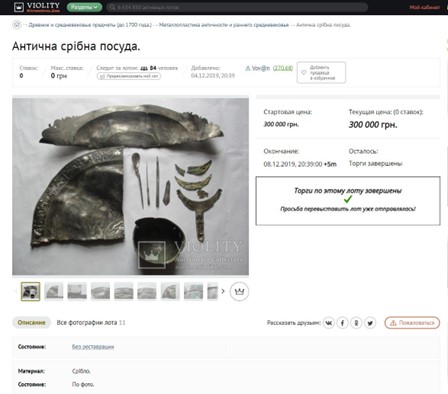
Figure 7. A hoard of hacked silver vessels from the Roman period for sale on the Violity auction. A screenshot of the Violity auction site.
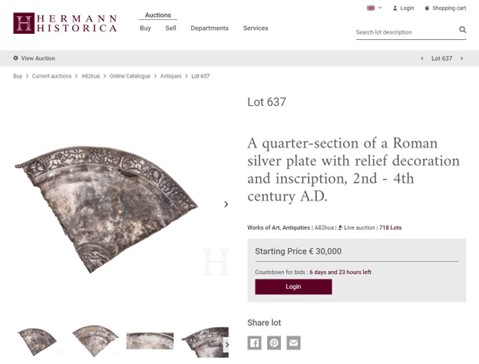
Figure 8. A silver dish from the same hoard for sale on the Hermann Historica auction. A screenshot of the Hermann Historica auction site.
As a result, the trade was stopped and an investigation was launched. It is hoped that the hoard will soon be returned to Ukraine. Unfortunately, the bronze figure still has yet to be returned from the UK as an illicitly smuggled item.
Two years ago, we set up a small department in the museum to monitor all auctions and social groups with a focus on illicit trade. We officially report such cases to the General Prosecutor's Office. The General Prosecutor’s Office distributes the investigation tasks to regional departments within the Ukrainian police force. Recently, with the help of the Ukrainian police, we were able to stop the illicit trade of a Bronze Age hoard and return it to state ownership. See Figures 9-10.
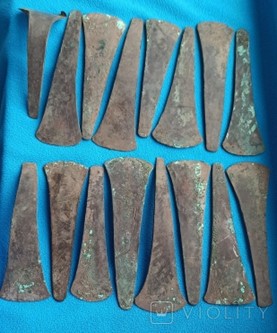
Figure 9. A Bronze Age hoard for sale on the Vilolity auction. Image from Violity auction site.
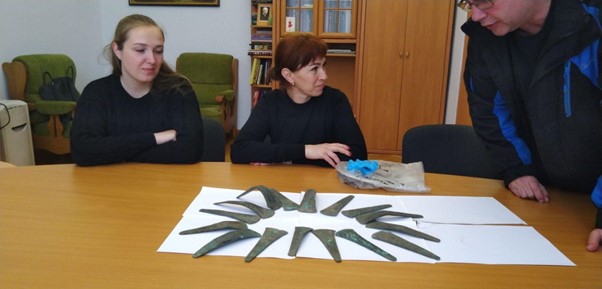
Figure 10. The same hoard brought by the Ukrainian Police officers to the National Museum of the History of Ukraine in February 2023. © The National Museum of the History of Ukraine.
Another issue that should be highlighted is the international trade in copies of archaeological artefacts. This is something that can confuse both customs officials and experts. For example, last year Dutch customs seized a parcel sent from Ukraine containing a sword. It was identified as an ancient sword known as a falcata, dating from the 5th to the 1st century BC and characteristic of the territories of modern-day Spain and Portugal. However, it turned out that the object in question was not an original, but a modern replica made by a Ukrainian master forger.
The Ukrainian master forger works on an industrial scale and sells his reproductions abroad. He does not want to mark his replicas as modern goods, which intimates that the possibility remains that they may be sold as originals. Distinguishing between originals and copies or replicas is not an easy task. Sometimes such master forgers even incorporate fragments and/or pieces of ancient metal and/or decorative elements into the modern reproductions further confounding identification difficulties.
Finally, it is important to highlight some of the problems that remain to be solved:
- Obviously, illicit trafficking is a global problem. To prevent it, we need a network of working groups to monitor the illicit circulation of archaeological objects, to produce the necessary documentation and report on cultural crime.
- We need many experts working in different cultural fields and geographical regions.
- Universities, together with museums, customs and police, must develop special programmes to train experts to identify artefacts and their possible provenance.
- The relevant international law must be educated and its implementation evaluated in relation to national regulations.
Finally, the use of culture as a tool and museums as visual propaganda in Russian expansion have shown that the return of cultural property to Ukraine and the decolonisation of Russian museums should be one of the conditions for the lifting of sanctions and the return to any form of cooperation with Russia.
Bibliography
Go back to top